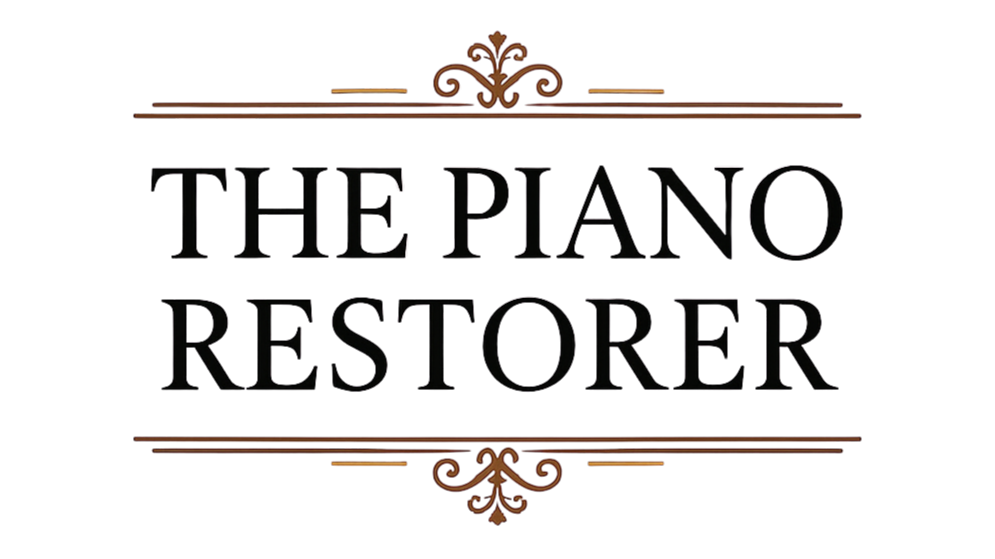The Difference Between Piano Restoration, Repair, and Tuning
When your piano isn’t sounding or feeling quite right, you might find yourself wondering whether it needs restoration, repair, or just a simple tuning. While these terms are often used interchangeably, they each refer to very different services. Understanding the difference between piano restoration, repair, and tuning is essential for preserving your instrument’s longevity and value.
In this post, we’ll break down the key differences, help you identify what your piano might need, and explain the purpose of each process—using expert insight into the distinction of piano restoration vs repair, and piano tuning explained in simple terms.
What Is Piano Restoration?
Piano restoration refers to a comprehensive process that brings an old or heavily worn piano, sympathetically back to its best potential condition. It often involves restoring both internal and external components and is typically done on antique or high-value instruments.
Restoration typically includes:
Replacing or repairing the soundboard
Re-stringing and re-pinning
Rebuilding or reconditioning the action
Refinishing the cabinet
Replacing/reparing worn ivory or keytops
Restoration is ideal for pianos that are structurally sound but no longer perform well due to age. If you have an heirloom or antique instrument, this is the most extensive (and rewarding) path you can take.
What Is Piano Repair?
Piano repair is focused on fixing specific issues, typically mechanical or cosmetic, that are affecting your piano’s function or appearance.
Common repairs include:
Fixing broken strings or hammers, hammer refacing
Repairing sticky keys, chipped ivories
Deep internal cleaning
Burnishing friction points within the action
Addressing minor cabinet damage
Repairs are usually less intensive than restoration and are perfect for resolving issues that arise from regular wear and tear or accidental damage.
If your piano plays fairly well but has a few quirks or faults, a targeted repair can restore performance without the need for a full restoration.
Piano Tuning Explained
Piano tuning is the process of adjusting the tension of the strings to bring them into the correct pitch, usually to the standard A440 (440 Hz for the A above middle C).
Unlike repair or restoration, tuning doesn’t involve major repairs—it’s strictly about the piano’s sound. Tuning should be performed regularly, usually every 6–12 months, depending on usage and climate conditions. Piano tuning appointments can include minor “running repairs”, but often time restricts what can be done within a tuning appointment.
Piano tuning explained simply: Even if everything looks and feels fine, regular tuning keeps your piano healthy and sounding its best.
When Does Your Piano Need Restoration/Repair/Tuning?
Tuning – If your piano sounds off-pitch or uneven but otherwise works fine.
Repair – For individual issues, such as keys, strings, or action components that aren’t working properly.
Restoration – If your piano is old, well worn, neglected, or no longer performs well despite regular tuning and repairs.
Piano Restoration vs Repair
Understanding the difference between piano restoration, repair, and tuning ensures you make the right investment in your instrument. Whether you’re a casual player or a seasoned professional, keeping your piano in optimal condition requires the right approach at the right time.
If you're still unsure which service your piano needs, please get in touch with The Piano Restorer to guide you to what is best for your piano. We are experts who can assess your piano’s condition and recommend whether you need a quick fix, a full restoration, or simply a good tuning session.
